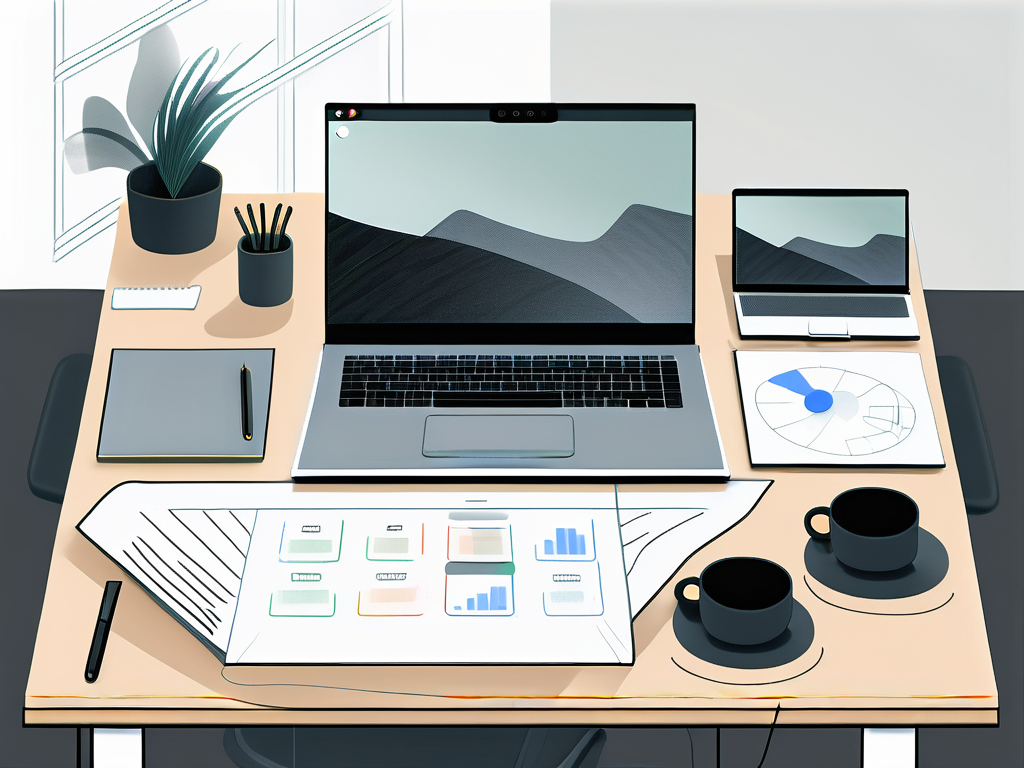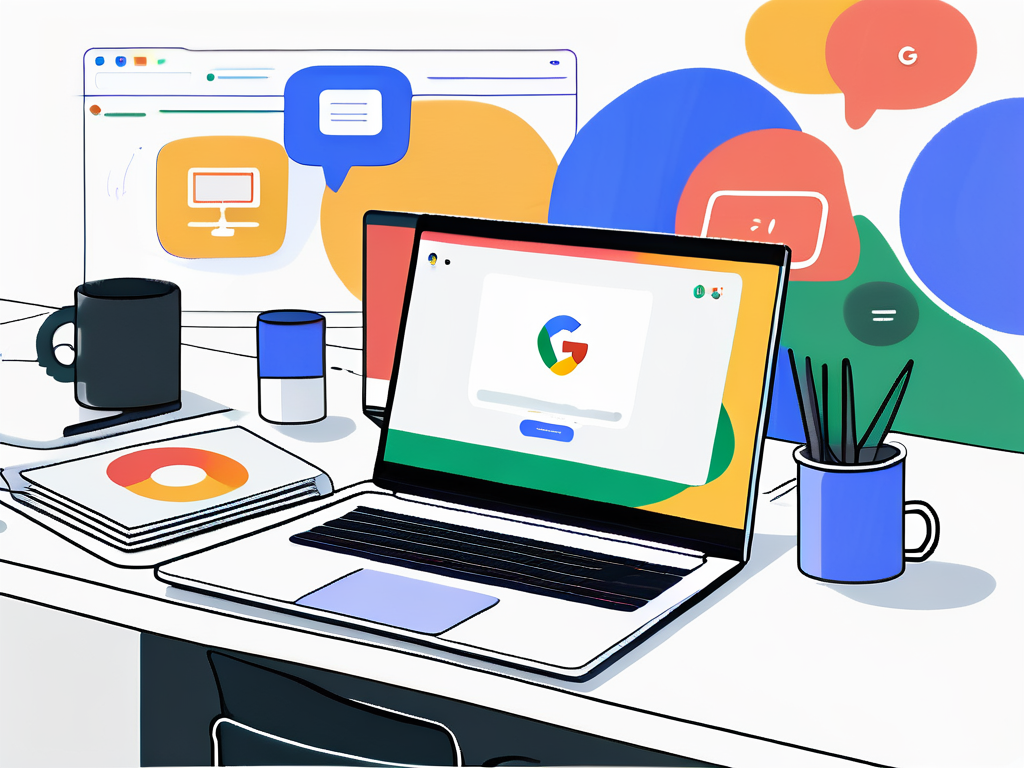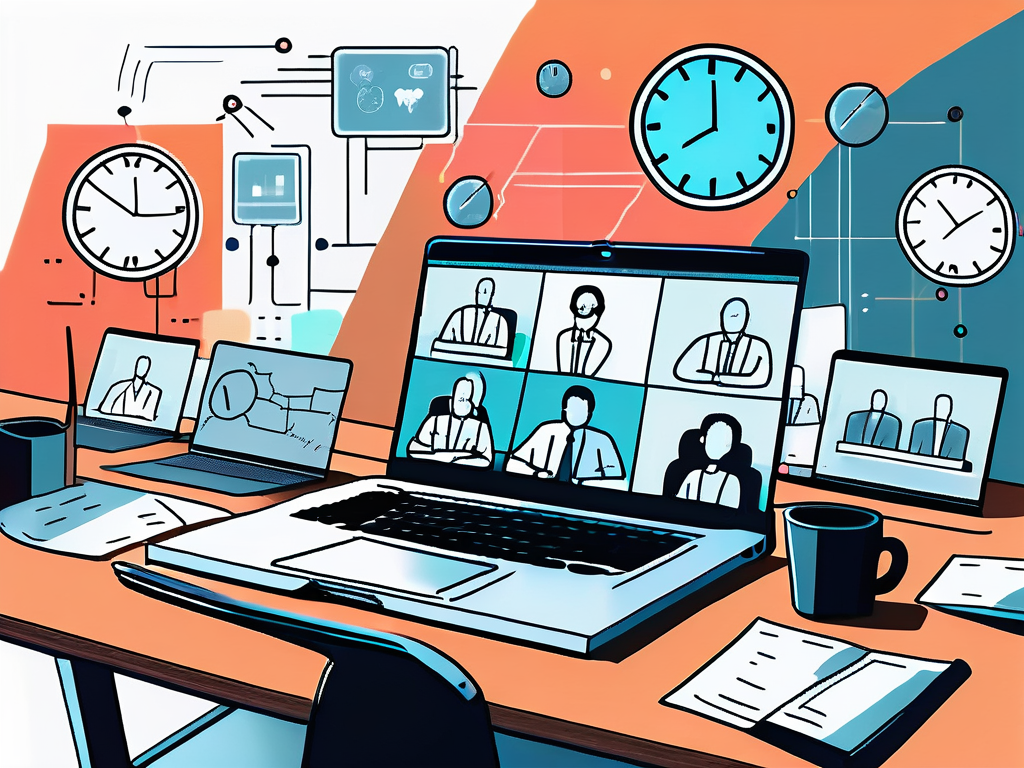In a world where face-to-face interactions have subsequently become rarer, platforms like Google Meet have emerged as essential tools for maintaining client relationships. This article explores the intricacies of utilizing Google Meet effectively, ensuring that you not only maintain but enhance your professional bonds in a virtual setting.
Understanding the Power of Google Meet
As the workplace evolves, so too must our methods of communication and interaction. Google Meet stands at the forefront of this evolution, providing a robust platform for virtual meetings that bridges the gap between distance and collaboration.
The Basics of Google Meet
Google Meet is a video conferencing service developed by Google, allowing users to connect seamlessly worldwide. Whether you’re brainstorming with a teammate or pitching to a prospective client, its user-friendly interface makes scheduling and joining meetings incredibly straightforward.
To start, you simply need a Google account to access the platform, which is integrated with Google Calendar for easy scheduling. Meeting links can be generated and shared, ensuring your clients are always just a click away from a meaningful discussion. Furthermore, the platform supports a variety of devices, including smartphones, tablets, and computers, making it accessible for users regardless of their preferred technology. This flexibility is crucial in today’s fast-paced environment, where professionals often find themselves on the go.
Advanced Features of Google Meet
For those looking to elevate their meetings, Google Meet offers several advanced features that can enhance the overall experience. These include screen sharing, live captions, and integration with Google Docs and Sheets, allowing for collaborative editing in real time during your discussions.
Additionally, features such as breakout rooms allow you to segment larger meetings into smaller discussions, promoting more personalized interactions—perfect for when you need to delve deeper into specific topics with select clients. The platform also boasts a high level of security, employing encryption and other protective measures to ensure that sensitive information shared during meetings remains confidential. This focus on security is particularly important in industries where data privacy is paramount, allowing teams to collaborate without fear of breaches. Moreover, the ability to record meetings and save them directly to Google Drive provides an invaluable resource for those who need to revisit discussions or share insights with team members who were unable to attend.
Preparing for a Google Meet Client Meeting
Preparation is the cornerstone of any successful meeting. When utilizing Google Meet, this concept holds even more weight, as a well-prepared setting can enhance communication and foster better understanding.

Setting Up Your Meeting
Before your meeting, ensure everything is in place for a smooth experience. Create the meeting link well in advance and send it to the participants. It’s also wise to check your tech—ensure your camera and microphone are functioning properly. A quick test run can save you from potential hiccups during the actual meeting.
Moreover, consider the environment from which you will be joining the meeting. A quiet, well-lit space can make a significant difference in how you are perceived. Minimize background noise and distractions, and if possible, use a neutral backdrop to keep the focus on you. This attention to detail not only enhances your professionalism but also helps your clients feel more engaged and connected during the discussion.
Inviting Participants
Inviting participants should be straightforward, yet it’s important to include all necessary details. Beyond the basic meeting link and time, consider adding an agenda. This keeps everyone aligned and helps your clients prepare any questions or topics they wish to discuss.
Additionally, setting reminders can prompt those involved to join on time—after all, in the world of remote meetings, punctuality can be as elusive as a well-placed meme in an office chat. You might also consider sending a follow-up email a day before the meeting, reiterating the agenda and encouraging participants to come prepared with their insights. This not only reinforces the importance of the meeting but also fosters a collaborative atmosphere where everyone feels valued and ready to contribute.
Preparing Your Presentation
Preparing visual aids can significantly enhance engagement during your presentation. Google Slides integrates smoothly with Google Meet, allowing you to share your screen and present seamlessly. Keep your slides uncluttered, using bullet points or visuals to emphasize key messages, rather than having entire paragraphs—which could easily distract your audience.
Above all, practice makes perfect. Run through your presentation beforehand to gauge timing and flow, and gather feedback from peers if possible. This preparation pays off, helping you build confidence and deliver your information effectively. Additionally, consider preparing for potential questions or challenges that may arise during the meeting. Anticipating these discussions can help you respond thoughtfully and demonstrate your expertise, further solidifying your credibility in the eyes of your clients. Engaging in mock Q&A sessions with colleagues can also be beneficial, allowing you to refine your responses and approach to unexpected inquiries.
Conducting a Successful Google Meet Client Meeting
Once you’ve prepared, the next crucial step is the execution of your meeting. This involves not only presenting information but also facilitating engaging conversations.

Best Practices for Video Conferencing
Adhering to best practices can dramatically improve your meeting’s effectiveness. Maintain eye contact, which can be simulated by looking into the camera rather than the screen. Dress appropriately to convey professionalism, as this enhances credibility—yes, even if you might be wearing pajama bottoms below the screen!
Utilize body language to convey enthusiasm and interest. This nonverbal communication can transcend the digital divide and create a more engaging environment. Additionally, consider your background; a clean, uncluttered space can help maintain focus on you and your message, while a well-placed plant or piece of art can add a touch of personality and warmth to your virtual presence.
Engaging Your Clients During the Meeting
The heart of any successful meeting lies in interaction. Ask open-ended questions to spur discussion, and be attentive to your clients’ responses. Address them by name, as personalizing the meeting can foster a sense of belonging that is often lost in virtual interactions.
Encourage participants to share their screens or mute their microphones when not speaking to minimize distractions and noise. Use polls or Q&A sessions to keep everyone involved and invested in the topic at hand. You might also consider incorporating visual aids, such as slides or infographics, to make complex information more digestible and to stimulate conversation. Furthermore, sharing relevant case studies or success stories can provide context and inspire confidence in your proposals, making the meeting not just informative but also memorable.
Building Stronger Relationships Through Google Meet
Once the meeting wraps up, the real work begins—building on the relationships established during your video call.
Personalizing Your Client Meetings
One key to strengthening relationships is personalization. Refer back to previous conversations, or inquire about their projects or interests. When clients feel known and understood, their trust in you grows, solidifying your partnership.
Consider sending follow-up notes that touched on discussion points. So, rather than a generic “Thanks for attending,” try “I enjoyed our discussion about your upcoming project and can’t wait to see how it unfolds!” This small touch can make a significant impact, as it shows that you value their input and are genuinely invested in their success. Additionally, sharing a relevant article or resource that aligns with their interests can further enhance the connection, providing them with valuable insights while reminding them of your expertise.
Following Up After the Meeting
Post-meeting follow-ups can make all the difference. Send a summary of the meeting, outlining key takeaways and next steps. This not only reflects your professionalism but also demonstrates your commitment to the client’s success.
Incorporating relevant resources or suggestions discussed can further showcase your value and dedication to helping them achieve their goals. For instance, if you discussed a specific challenge they are facing, consider including links to case studies or tools that have helped others in similar situations. This proactive approach not only reinforces your role as a trusted advisor but also encourages ongoing dialogue, paving the way for future collaborations. Moreover, scheduling a brief check-in call a few weeks later can help maintain momentum and show that you are genuinely invested in their progress, fostering a deeper, more meaningful relationship over time.
Overcoming Common Challenges in Remote Client Meetings
Despite the advantages of virtual meetings, challenges abound. However, acknowledging and preparing for these can lead to successful resolutions.

Technical Difficulties and How to Solve Them
Technical difficulties can throw a wrench in even the best-laid plans. Ensure that all participants are familiar with basic troubleshooting steps. Recommend they have a backup device available or a secondary method of communication, like a phone or messaging app, handy.
Proactive planning can mitigate these situations; having an alternate plan can steer the meeting back on course when issues arise.
Ensuring Clear Communication
In a virtual setting, clarity is key. Use concise language and invite questions frequently. Reiterate important points to confirm understanding, and if there is a language barrier, consider utilizing visual aids or written summaries to support comprehension.
End the meeting by ensuring that all parties feel heard and understood, which reinforces the relationship and paves the way for more productive future interactions.
By leveraging Google Meet effectively, professionals can not only maintain but also strengthen their client relationships, making each interaction a step towards deeper engagement and collaboration.

Leave a Reply